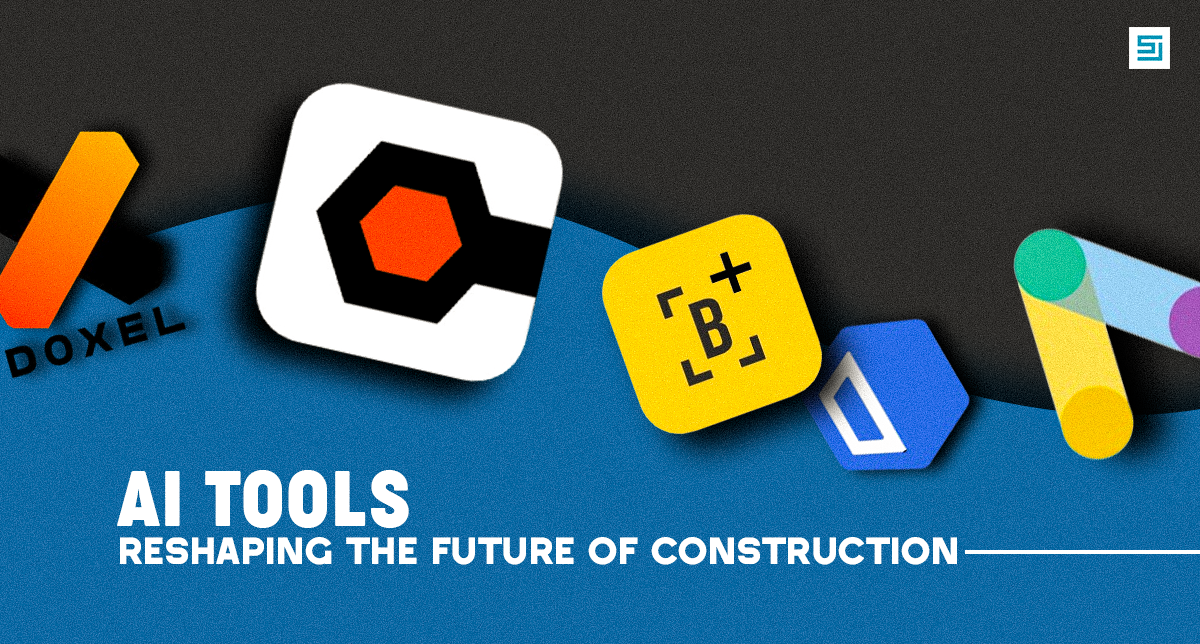
The construction sector, traditionally reliant on manual labor and time-tested methods, is experiencing a significant transformation thanks to AI. From improving safety and efficiency to optimizing resource management, AI tools are reshaping how projects are planned, executed, and monitored. Let’s explore the top AI tools driving this shift and how they are making a tangible impact on the industry.
1. OpenSpace: 360° Progress Tracking in Real Time
OpenSpace uses 360-degree cameras combined with AI to create detailed, real-time visual records of construction sites.
Key Benefits:
- Remote site inspections for improved transparency.
- Easy comparison of current site conditions with BIM models.
- Reduces miscommunication through visual documentation.
2. Procore integrates AI to streamline project management from start to finish
Features to Note:
- Centralized data management for all stakeholders.
- Predictive analytics for budgeting and scheduling.
- Real-time updates that improve decision-making.
3. Buildots: AI-Driven Site Monitoring with Computer Vision
Buildots employs computer vision technology to capture and analyze on-site progress, providing real-time feedback.
Why It’s a Game-Changer:
- Automatically tracks construction milestones.
- Detects discrepancies between plans and actual progress.
- Prevents costly delays by identifying issues early.
4. ALICE Technologies: Smart Scheduling for Complex Projects
ALICE uses AI to create optimized construction schedules by analyzing various project scenarios.
Highlights:
- Generates multiple scheduling options for better resource allocation.
- Adapts to unexpected changes, keeping projects on track.
- Enhances collaboration through scenario-based planning.
5. Doxel: LiDAR and AI for Precision Progress Tracking
Doxel uses LiDAR, drones, and robotics to monitor site progress and provide predictive insights.
Advantages:
- Identifies project deviations in real time.
- Reduces project delays and unexpected costs.
- Enhances on-site productivity with automated updates.
6. Dusty Robotics: Automating Layouts with Precision
Dusty Robotics automates the layout process by marking construction plans directly onto the site floor with laser precision.
Why You’ll Love It:
- Reduces layout errors across various trades.
- Speeds up the initial construction process.
- Ensures high accuracy in large-scale projects.
Also Read: New Zealand’s third largest hydro-electric dam-Clyde Dam.
Why AI Tools Are Essential for Modern Construction
AI isn’t just a trend; it’s becoming a necessity in construction for various reasons:
- Enhanced Safety: By automating hazardous tasks, AI reduces the risk of human error and injury.
- Increased Efficiency: AI-driven tools work 24/7, eliminating downtime and improving project timelines.
- Cost Reduction: Automation minimizes waste, rework, and labor costs while increasing precision.
- Better Decision-Making: AI provides actionable insights, allowing project managers to make data-driven decisions.
What’s Next for AI in Construction?
The future looks promising, with AI tools expected to further revolutionize:
- 3D Printing: Automated printing of entire buildings.
- Robotics: More sophisticated robots for tasks like bricklaying and welding.
- AI-Driven Sustainability: Tools that assess environmental impact and optimize energy use.
Conclusion: Embrace the Change, Build the Future
AI is not here to replace human workers but to enhance their capabilities, making construction smarter, safer, and more efficient. By integrating these cutting-edge tools, the industry can meet growing demands while maintaining high-quality standards.
